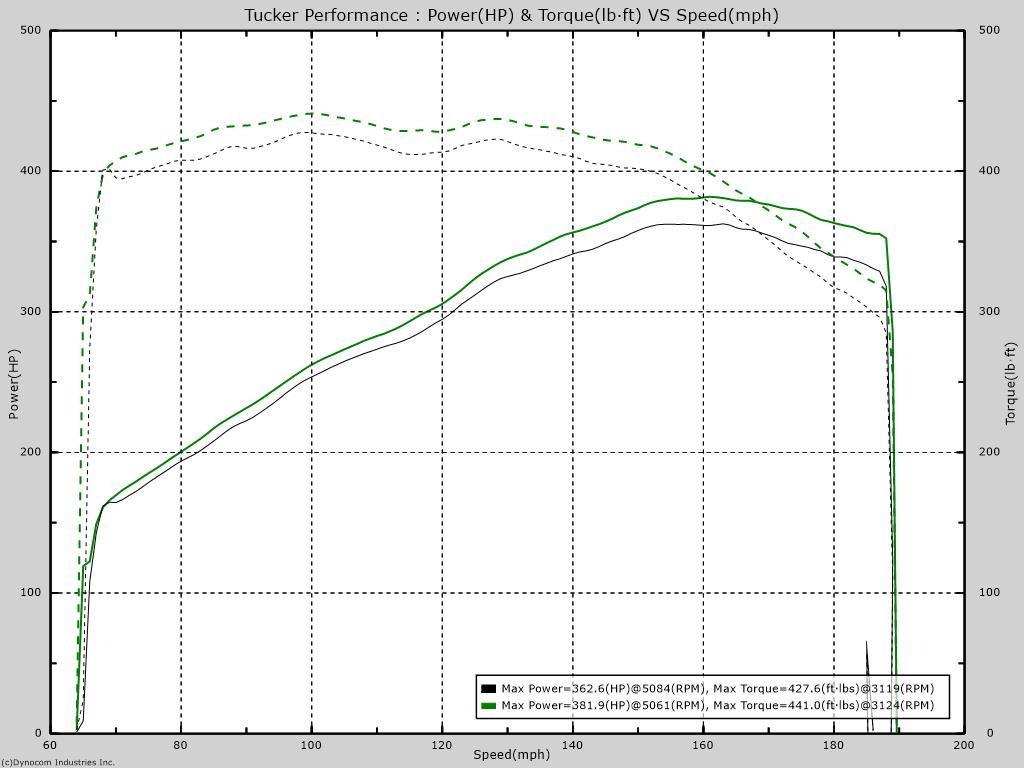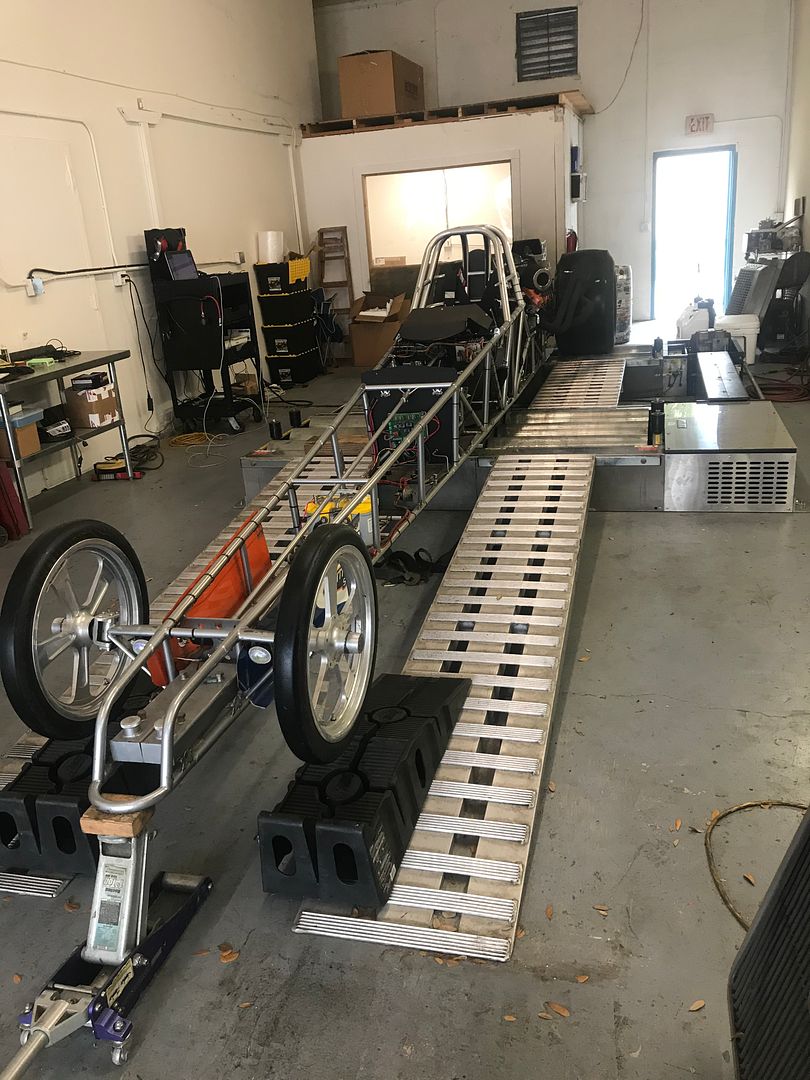You are browsing camaro6 

|
|
#85 |
 Drives: 2017 Chevrolet Camaro ZL1 M6 Join Date: Jul 2020
Location: OR
Posts: 479
|
Very concerning. I have 30K on my car and am wondering what my valves look like. I'm in the middle of installing the JRE Flex Fuel package. Will this intensify the coking problem? I guess it is what it is.
At one time I was considering adding meth and looked at WeaponX's setup. They have a method of post boost introduction that looks like port injection to my untrained eye (so forgive me if I'm way off base.) This is the link to what I'm talking about: https: https://weaponxmotorsports.com/produ...t=406141698075 Might this help mitigate the coking? If so, upside/downside? |
|
|

|
|
|
#86 |
   Drives: 2019 ZL1 Riverside Join Date: Apr 2020
Location: Charlotte, NC
Posts: 1,138
|
As far as the first question, flex fuel should not affect blowby/valve deposits with DI, it's primarily driven by how much boost you're running, and, to a lesser extent, the quality/viscosity of synthetic oil.
Find a shop that does valve inspections and cleaning with walnut shell blasting - generally considered the best method (but expensive) https://www.autoscopecarcare.com/car.../carbon-clean/ |
|
|

|
|
|
#87 |
 Drives: 2017 Chevrolet Camaro ZL1 M6 Join Date: Jul 2020
Location: OR
Posts: 479
|
Stock boost and Mobile One full synthetic.
What about the second question? Will meth injection help? |
|
|

|
|
|
#88 | ||
     Drives: 2010 Camaro Join Date: Nov 2009
Location: Denver
Posts: 1,381
|
ZX-10R
Here is the video. Watch closely. This is the absolute best solution, but they will not last with street use due to wear of vanes, bearings, shaft and seals. These exit into a breather catchcan at least 1 quart minimum, That is the only practical use for a breather can. First pull is simply venting through the breather can as the MM can does (and of course the reply from MM is the same as usual, insults and no data or technical explanation), and the second pull is actually pulling suction full time. While our design emulates the functions in every way, we cannot pull the levels of vacuum at WOT as a vacuum pump system can so HP gains are much greater. Our HP gains are from evacuation at WOT vs allowing pressure to build and vent, and the reduction in KR that pulls ignition timing advance. Not, this is a small 5L engine. Larger cubes gain more power. As much as 40 hp gain. What this demonstrates is how dramatic of a power loss occurs from simply venting and not pulling evacuation suction, This is one of the main differences in the two designs and the fact that ours stops 90-95% of the oil VS app, 1/2 of that with the other: And this video shows the components and how they work. I prefer to place the adjustable vacuum relief valve on the opposite valve cover that you evacuate from in order to get a more complete cross flow flushing of the vapors: Here is how our Venturi Vacuum generator installs: .JPG?width=1920&height=1080&fit=bounds) And this is an example of a LT1 at 20k miles before and after manual valve cleaning dyno runs to show the impact of the coking deposits on the valves. This is something most anyone with access to a dyno can do themselves to verify:  Here is a late model Audi V8:  Agree on the Hellcat! Here is the Worlds first and only Hellcat powered Dragster getting set up for NHRA competition. Electronic TB not allowed so converting to a cable drive.:  We have been working on a system that does not need servicing for at least 100k miles, but no automakers will add a system that adds the cost or requires the owner to drain and dispose of. GM and Ford have done extensive testing verifying the benefits, but they have lowered the drivetrain warranties from 100k miles to 60,50, and even 36k miles on GDI engines so by the time most consumers notice the issues it is not their liability any longer. The goal is to get the consumer to buy new every 3 years. |
||
|
|

|
|
|
#89 | |
|
Coupe Newbie
Drives: 2017 ZL1, 2021 Corvette Convertible Join Date: Jul 2011
Location: Columbus, Ohio
Posts: 3,281
|
Quote:
I had one of your catch cans on my Ď15 Silverado L83 pickup truck. I removed it after a year of use. Want to know why? Because in the winter it filled up with condensation and I had to empty the can every 7-10 days. Try doing that in single digit temperatures. Itís a royal pain in the ass. No way GM or Ford can expect the average car owner to check the contents of a catch can every 7 days or even every 3000 miles. And the damage to an engine sucking in the contents from an overflowing catch can is far worse than coking on the back of the valves. Itís one thing to expect the ďhobbyistĒ here on the Camaro forum to check and drain their cans regularly, itís another thing to expect the general public to do the same. I totally disagree with you that the driving force behind GM and Ford not putting catch cans on their vehicles is to get you to buy a new one every three years. GM and Ford dealers offer an alternative solution to valve coking thatís much more palatable to the average consumer. That alternative is an intake clean out every 30,000 - 40,000 miles.
__________________
 |
|
|
|

|
|
|
#90 | ||
   Drives: 2019 ZL1 Riverside Join Date: Apr 2020
Location: Charlotte, NC
Posts: 1,138
|
Quote:
Quote:
|
||
|
|

|
|
|
|
|
|
Post Reply
|
|
|